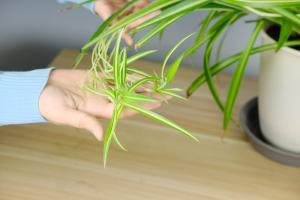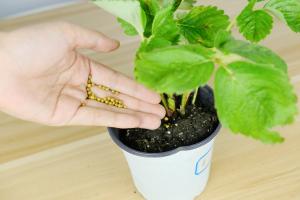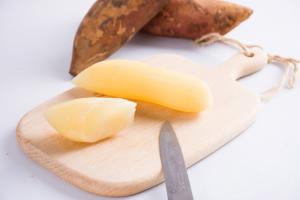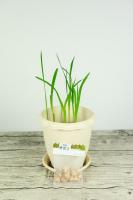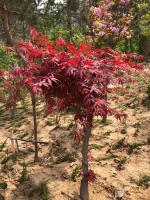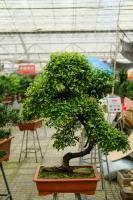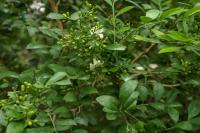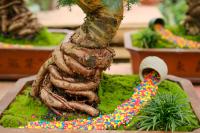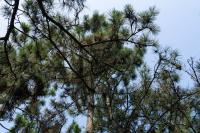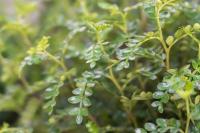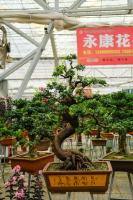1. Basin and soil selection
When making papaya Begonia bonsai, it is generally appropriate to choose some purple clay pots. The shape of the pots can be round, square and rectangular. The color of the basin is best compared with the color of the flowers. Papaya Begonia likes to be fat and grows very fast, so the basin should not be too small or too shallow. In addition, its requirements for soil and water are not particularly high. It is most suitable for growing in fertile and loose sandy loam

2. Proper reproduction
It can be propagated by grafting, branching, root cutting or layering. Generally, branch grafting or bud grafting can be used for grafting. Branch grafting is carried out from February to March, and bud grafting is carried out from August to September. The root cutting is carried out in February to March. Select a root about 1 cm long and 7 to 10 cm long, and insert it in more than half of the high soil, so that the survival rate of the seed will be very high. Branching and layering are also suitable for spring, so it is easier to survive

3. Modelling
In the modeling of it, it is generally more appropriate from falling leaves in winter to germination in spring. When it rains, the growth of new branches has been relatively mature, and the elasticity of branches is relatively large, which is more suitable for cutting and binding processing. When the seedlings are born in 2 to 3 years, they can start processing. At this time, the plasticity is particularly large and the operation is relatively easy. Generally, it is better to mix some brown wire and metal wire together, while the main branches and large branches need to be rolled. It's better to trim the branches and leaves naturally, and they can't be tied too regularly. The general shape can be made into inclined dry type, straight dry type, double dry type and so on

3. Later maintenance
After making bonsai, it is generally necessary to put it in a place with sufficient sunshine and good ventilation. If the light is not enough, its growth will be poor, the color of the flowers will not be bright enough, and there is no need to shade in summer. It is also relatively cold resistant. In winter, you can even put the basin outside the room to avoid the wind and the sun, or in the room with better light for winter

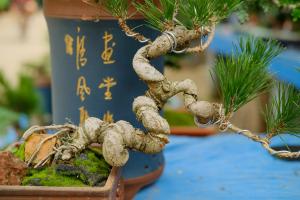 Common species of pi...
Common species of pi... How to make purple b...
How to make purple b...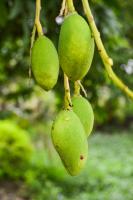 How to raise mango b...
How to raise mango b...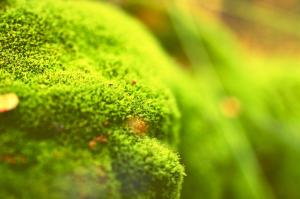 How to water the pot...
How to water the pot...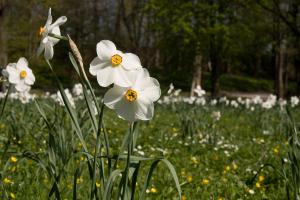 How to make miniatur...
How to make miniatur...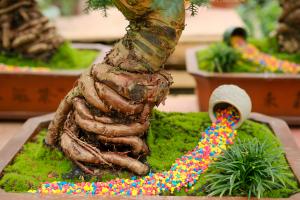 How to maintain Aust...
How to maintain Aust...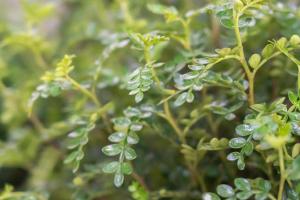 Cultivation method o...
Cultivation method o...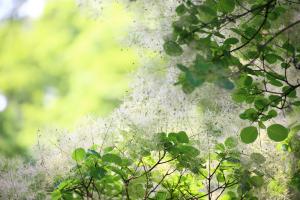 How to maintain the ...
How to maintain the ...


